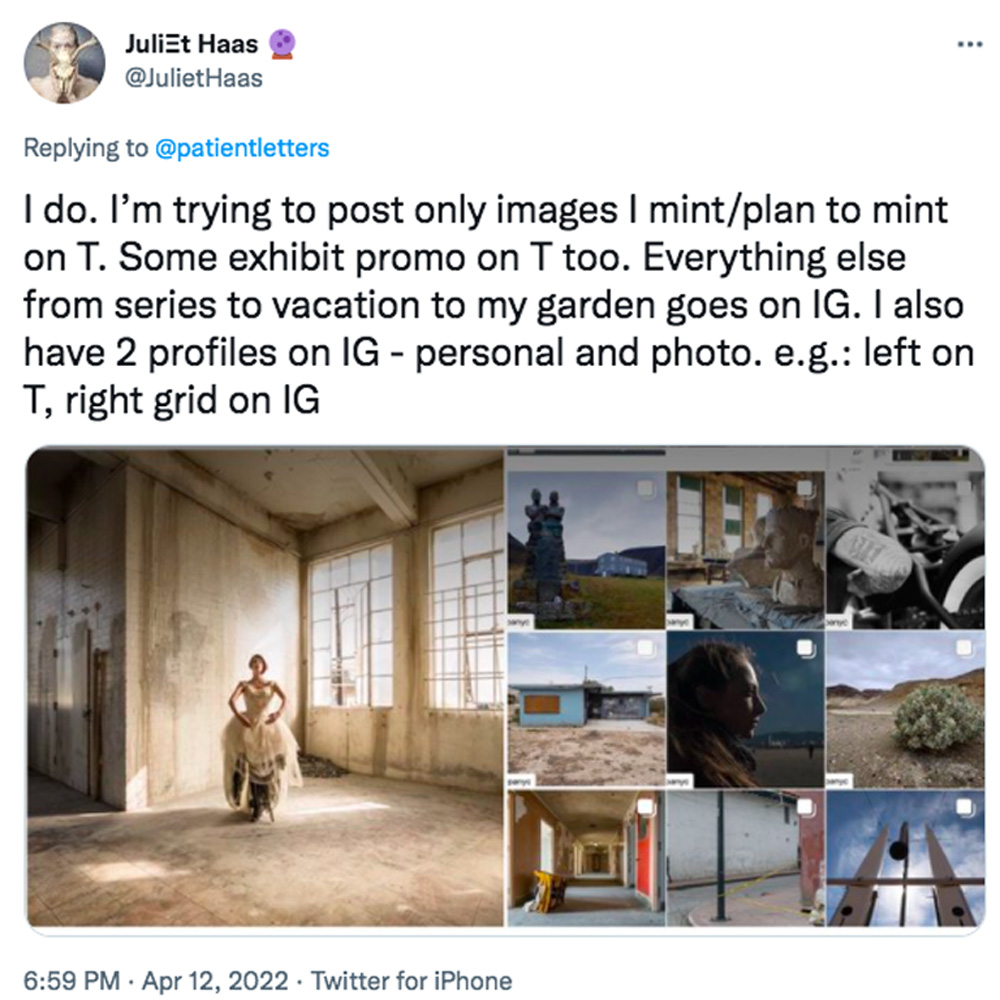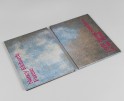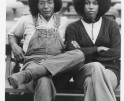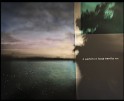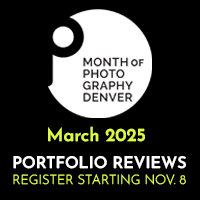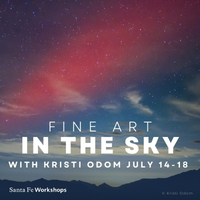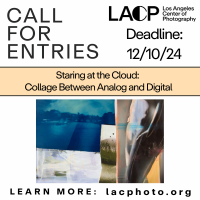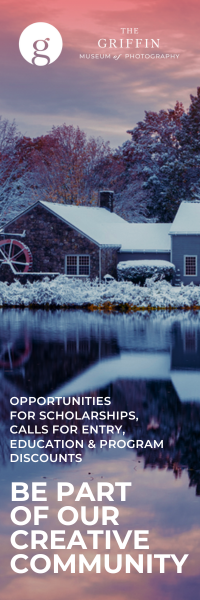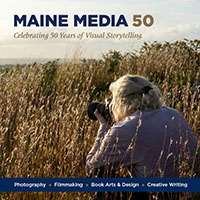Just Showing Up – Community is the Alpha
“The artist creates the material that we look back upon as a part of history.” Roy DeCarava
We celebrated Roy DeCarava’s centennial just a few years back. He would have been 100 in 2019. He really knew something about community and the way that art could build it, reflect it and celebrate it. His revolutionary photobook from 1952, “The Sweet Flypaper of Life” was arguably the last century’s most elegant and compelling picture jazz of the sweetness that is life in community. Poet Langston Hughes was his co-creator and together they wove a sense of the Harlem community that they loved and they celebrated it with pictures and words and story in a photobook form that has rarely been equaled. As Hughes said speaking of their book together: “We’ve had so many books about how bad life is, maybe it’s time to have one showing how good it is.”
And here we are 70 years later, living and connecting with each other and photography and art in real life (IRL) still and importantly and increasingly also in the metaverse – moving, some would say, from Web2 to Web3; moving on from ‘surfing the web’ or Tweeting on Twitter to dropping NFTs; sharing on Discord; Zooming portfolio reviews and YouTube. The rate of change is accelerating of course and that trend will continue. Most of us are alternating between bouts of FOMO and ‘please stop the ride I want off’. What to do? Beyond taking a deep breath I mean.
I am suggesting that we slow down as we are speeding up and look at the root of what is necessary and essential inside of all of this. My thesis is that what is most critical for us right now as photographers, collectors and lovers of our medium (and lovers too of humanity and a broad swath of what is culturally available beyond photography) is to keep our eye on what is at the heart of it all: community. As we abide inside of that value of community we will transcend all the technological and cultural shifts that come our way. I reached this conclusion after first researching and writing an earlier essay on a related topic I called “Thinking Fast and Slow”. I reviewed there in some depth my own evolution since the onset of the web and I raised a few fundamental questions I want to examine here in more depth. Where art and picture creation and sharing at this digital moment is concerned: what is hot and what is cool? What is fast and what is slow? And what difference does it that make? Where is community inside of that dance?
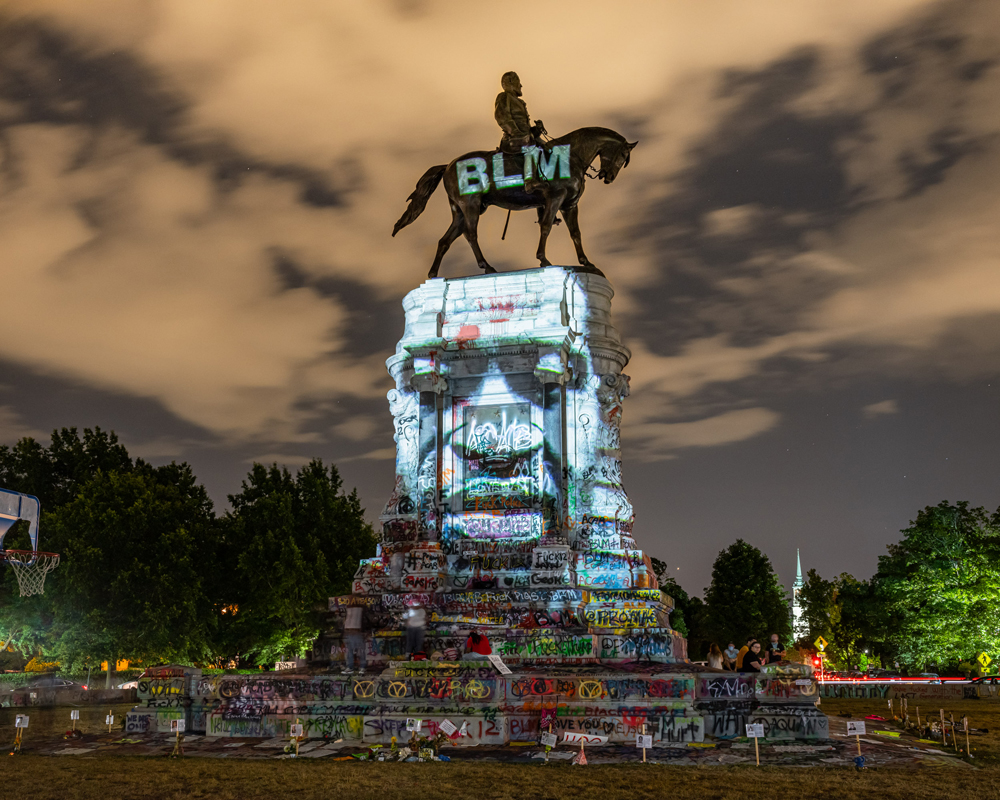
Kris Graves, George Floyd Projection, Peaceful protests at the Robert E. Lee Circle on Monument Ave. at night, Richmond, VA, 2020
Kris Graves has some answers. As a photobook publisher and photographer I am an unabashed fan boy of Graves and Kris Graves Projects. At photobook fairs he always seems to have the coolest table of books. He has published the work of over 100 photographers in the 10 years he’s been at it – always amazing photography, beautiful books and …are you kidding me …100 photographers. On top of that as a photographer his personal work is superb – often challenging in a good way and frequently not the over the sofa pictures some galleries are inclined to offer. When I saw that Kris was engaging in a serious way with NFTs I wanted to learn more and several months ago I became curious about the phenomenon and began to explore that. I learned quickly that I needed to dust off my old Twitter account because that’s where the culture around NFTs was being created and most dynamically coming to life. Eventually, I started a podcast using my old @Documentum.tv footing that focused on how photography is coming alive inside of this new space. Of course I had to have Graves join me on the podcast to talk about his journey there. Graves is an excellent teacher and a pioneer in the space and I learned so much. And that conversation with Graves and some earlier gleanings from conversations with photography historian Kim Beil of Stanford, artists Klea McKenna and Alejandro Cartagena reinforced an evolving pattern: it is all about community.
I asked Graves, who has had a very successful course with his work with NFTs, both as an artist and curator for @QuantumNFT and @KGPNFT, how he was able to navigate so rapidly and effectively his journey into such a new and uncharted territory. He said it was thanks to the community he has built over time and the new community he has connected with in the burgeoning realm of NFTs. It was of course talent, hustle, astute business and aesthetic chops too – but those alone would not explain his success. He pointed to the move into Twitter and growing community there as another central element. So why Twitter and not Instagram as rich soil for photography community growing? That seems counter-intuitive. Instagram is photo forward in its DNA. Nonetheless, where NFTs are concerned Twitter is the place. There are many reasons for this. Certainly Twitter has been the go to platform for cryptocurrency since inception and that is the blockchain ecosystem that is culturally adapted to grow the NFT community. ‘Crypto had a baby and they named it NFTs.’ But it’s more than that. The cool, slow engaging nature of Twitter is suited to learning and sharing in a kind of public forum in a way that Instagram is not.
I am a longstanding lover of Instagram and I have a community that I love there. I have no plans to leave that anytime soon. And photographs look great there and the machinery is smooth as silk. I know it like the back of my hand. And moving to Twitter in the past few months I’ve gone through an awkward transition to building community. Like a learning a new language its slow and embarrassing sometimes. I have stubbed my toe (tongue) more than once. I must say though that I’ve found the space exciting and filled with conversations and new community that reminded me of the early days of blogging when Alec Soth’s blog (2006-2007) was a great watering hole for learning and rich exchange. So I sent out a tweet and asked my friends on Twitter to share with me a little about what they are loving about Twitter these days – and how they contrasted it with their use of Instagram and their communities there. Here are just a few of the excellent observations that were shared. If you’re Twitter curious or want to dig further I encourage you to link to the nearly 100 exchanges that happened at my Twitter account @patientletters within 24 hours of my putting this question to them. There’s much more about all this at my Substack and podcasts linked below as well.
Joelle McTigue, is a wonderful artist working with photography who has large followings on both Instagram and Twitter. She points out that on Instagram it ‘feels like a postcard I send into the world to sustain my relationships….even after all these years social engagements rarely move beyond “Beautiful” or a string of emojis.” She adds that “in contrast, a Tweet can start a conversation. Twitter leans more into sharing for discourse.”
I’ve experienced the points she’s making here as well. I was so smitten with Instagram (before the buyout by Meta and algorithms) that I started a newsprint analog publication with Stephen Shore who was also enthusiastic about it. Using broadsheet newsprint we pushed forward the Instagram work of over 70 photographers doing work there we loved in 2016. I still enjoy my community there but don’t find the same kind of conversations happening. Fernando Gallegos is a colleague and editor with Alejandro Cartagena and together they are leading several of the most successful DAOs that are engaged with photography in NFTs such as @fellowshiptrust and @obscuradao. Gallegos suggested why the engaging community conversations McTigue and I are finding with Twitter might be happening.
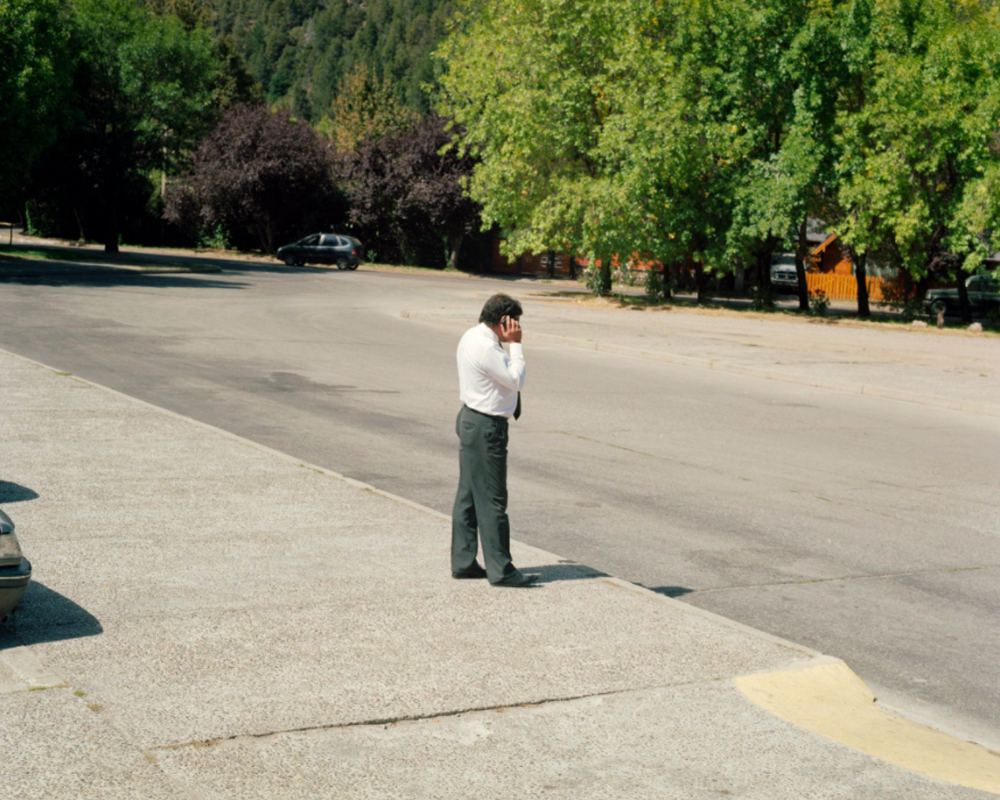
©Fernando Gallegos, Point of Entry #14, 2022, from his series entitled A/A (shared both Twitter & Instagram)
Gallegos says, “Instagram always felt one-way for me, I use it as a kind of sketchbook where I put some finished things and some WIPs. I just discovered Twitter last year … for me art is communication, it feels more at home in a place that allows open discussion like Twitter. Lively discussion is something that I feel is missing in general for photography in most places. Twitter’s format allows open discussions that feel very inclusive because of the word count. It allows growth for everyone.”
As Gallegos points out the word count is crucial. It enforces a kind of polite succinctness in attitude and expression. There is an expectation and cultural value around exchange that is public and engaging. And to expand on that reach and value Twitter added the “Spaces” audio gatherings a la Clubhouse where 2 to 2000 participants can gather and have an audio Zoom call that drives communications, conversations and community to an additional level. These are often followed by direct messages, follows and conversations that arise out of the spaces encounters. Like everything you have to curate what you ‘attend to’ carefully. There is a lot of dross.
Another difference I’ve observed is that photographers are more willing and interested in sharing questions and work that is half-baked, experimental or in some way ‘failed’. Sean Crutchfield showed the above photo he considered a failure in the darkroom. He shared it to start a conversation. As he pointed out, “On Twitter I can give it context and have a conversation around that … [and that] leads to an interesting conversation about chemistry and art.” While context can be added to a post on IG of course its not clear that followers would slow down and follow it or respond in a meaningful ‘chatting around the water cooler’ kind of way. As Gallegos said it feels kind of “one-way”. It could happen of course – but in my experience and those of most I’ve spoken with it doesn’t seem to as a general rule.
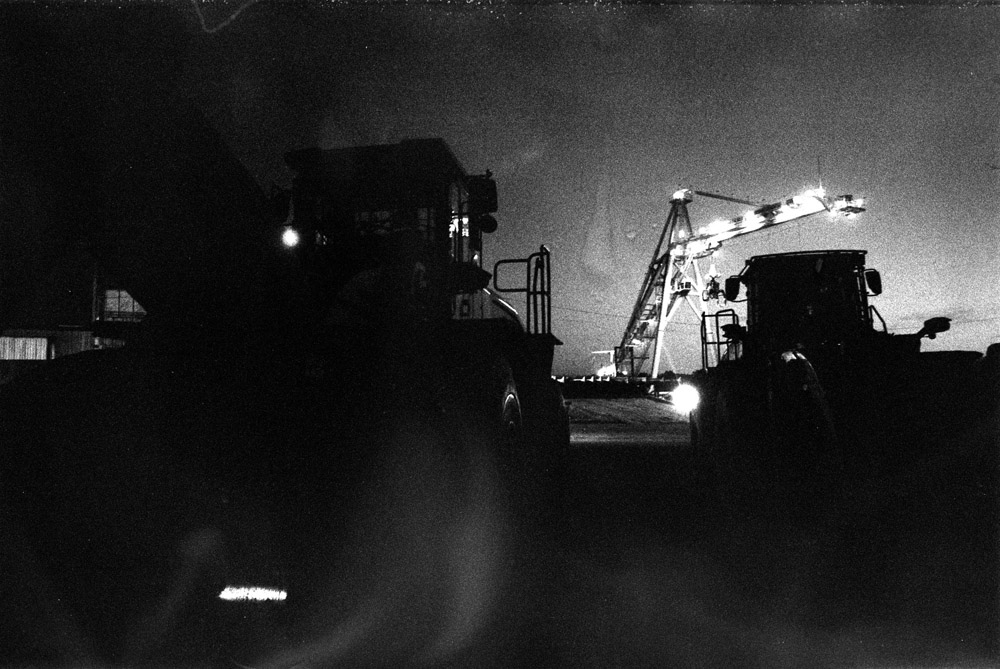
©SSean Crutchfield, Screenshot from Twitter (the “failed” image Crutchfield felt free to share for discussion on Twitter)
So, what is fast and what is slow inside of all of this? Twitter which I would have thought of as fast photographic food – ironically seems to slow down precisely because it is text forward and solicitous of conversation and multiple layers of public exchanges. It is slow because with those additional layers one scrolls less and may be brought into conversations and discoveries that are the essence of what communities provide to the group when they are well functioning. And Twitter is cool because it invites high participation from readers, slowing things down. Instagram is hot – we go faster – we tend to scroll, we emoji-emote and move on.
So where does that leave us? Well if you are like Juliet Haas, me and many others you may be looking at right sizing your social media engagement. Juliet describes her approach this way. “I love Instagram to explore for fellow photographers as inspiration and I post my exhibits and events linked directly to Facebook. Twitter is for conversation, NFT education and fascinating tech. It’s exciting to be part of the build out of Web3.” And it is no small thing as an artist to stay abreast of their medium, their own art practice, the traditional marketing and distribution and networking systems they are part of …and all this while taking on new media platforms and the code switching that requires. It is enough to make us reach out to the refrain from that Willie Dixon blues classic; “Darling I can’t quit you, but I got to put you down, for a little while.”
Personally I will not be walking away from Instagram anytime soon. I love sharing pictures with friends there. And I will probably never have, nor will I aspire to the 80 million plus Twitter followers of Elon Musk. But I am looking carefully at how I can use the platforms I am a part of to discover, grow and sustain communities that are meaningful to me. Finding one’s tribe and being an engaged, contributing and thoughtful citizen inside of those communities – at the right time – in the right way – to the right degree is the path forward. As DeCarava said what we create now is what we and others will look back upon as history. Let’s make it as sweet as we can.
…wb
Post-Scriptum
More writing and photography by William Boling can be found on Instagram @wboling and @documentum.tv – on Twitter @patientletters and @documentumTV and on Substack at patientletters.Substack.com
Posts on Lenscratch may not be reproduced without the permission of the Lenscratch staff and the photographer.
Recommended
-
The New Renaissance of Photo BooksDecember 7th, 2024
-
Please DONATE!November 22nd, 2024
-
2023 in the Rear View MirrorDecember 31st, 2023
-
The 2023 Lenscratch Staff Favorite ThingsDecember 30th, 2023


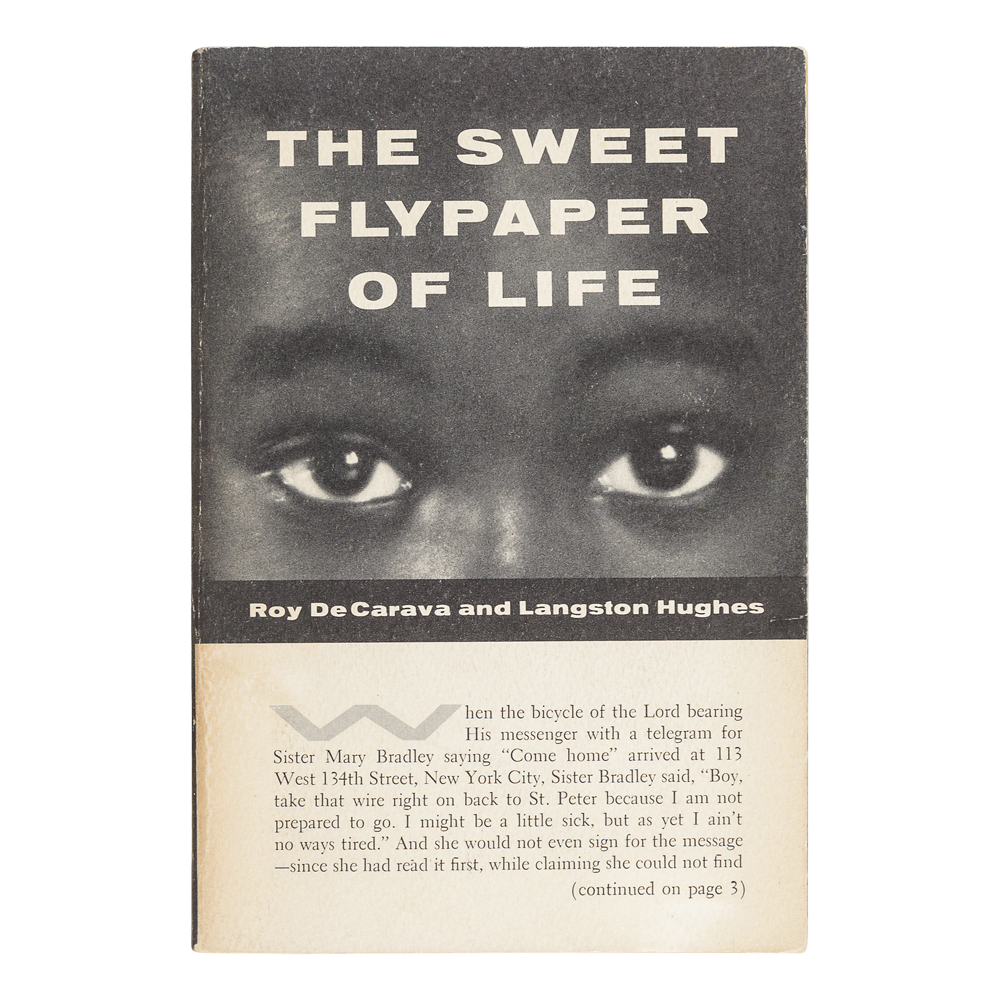
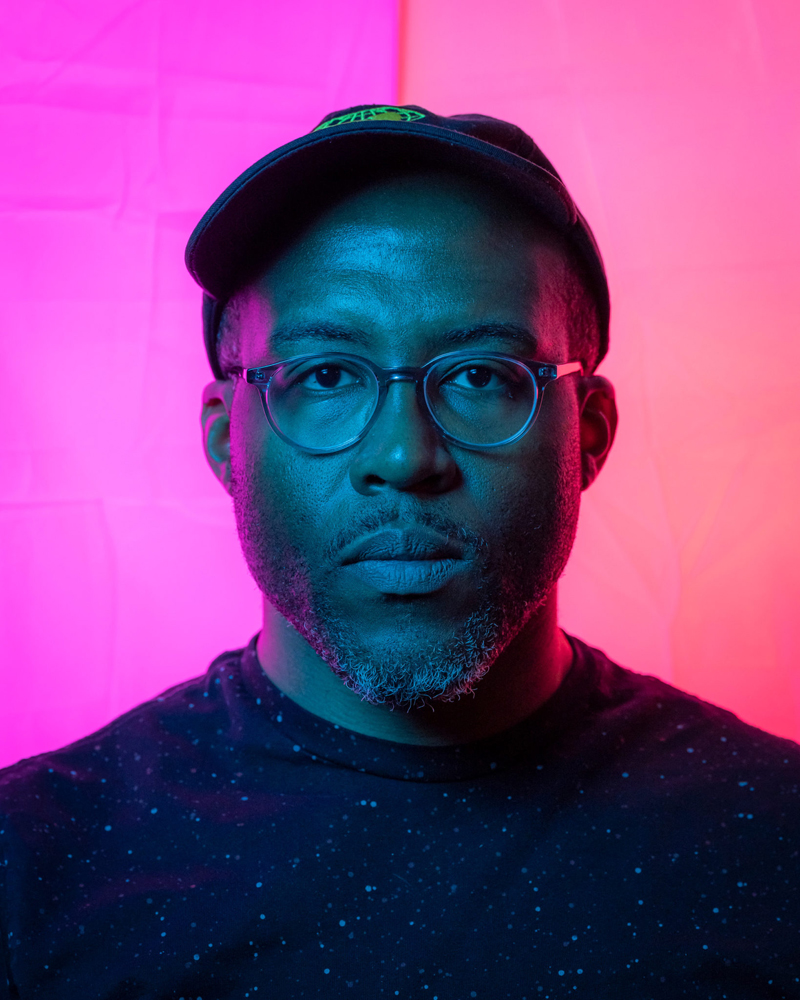
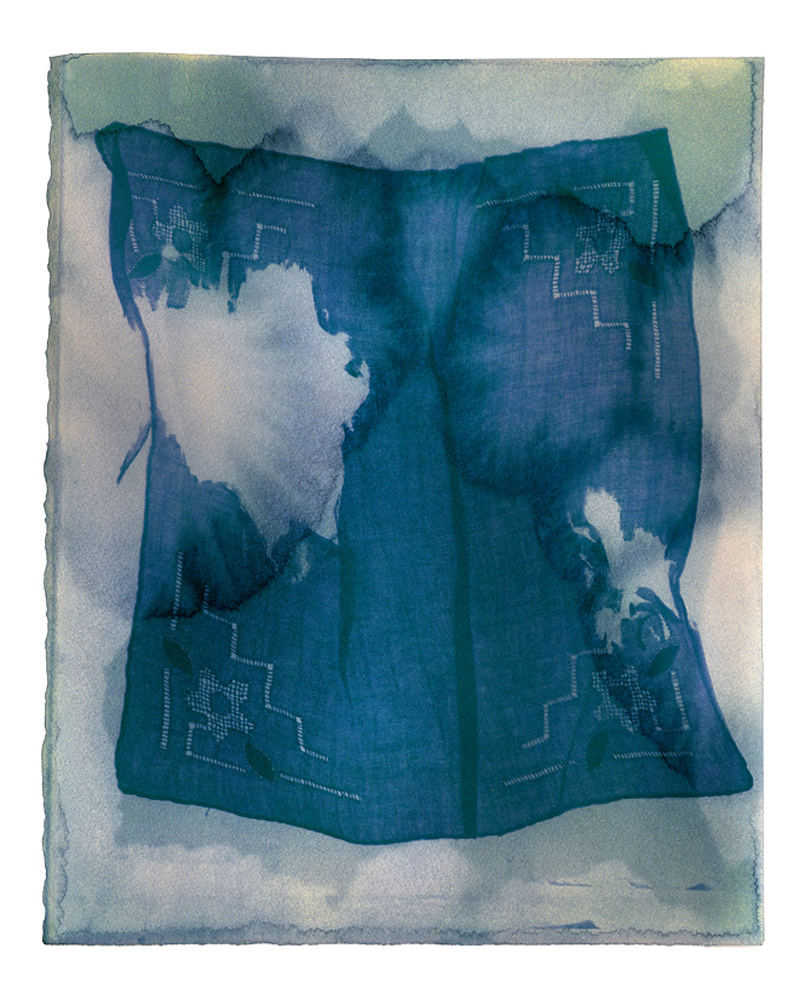

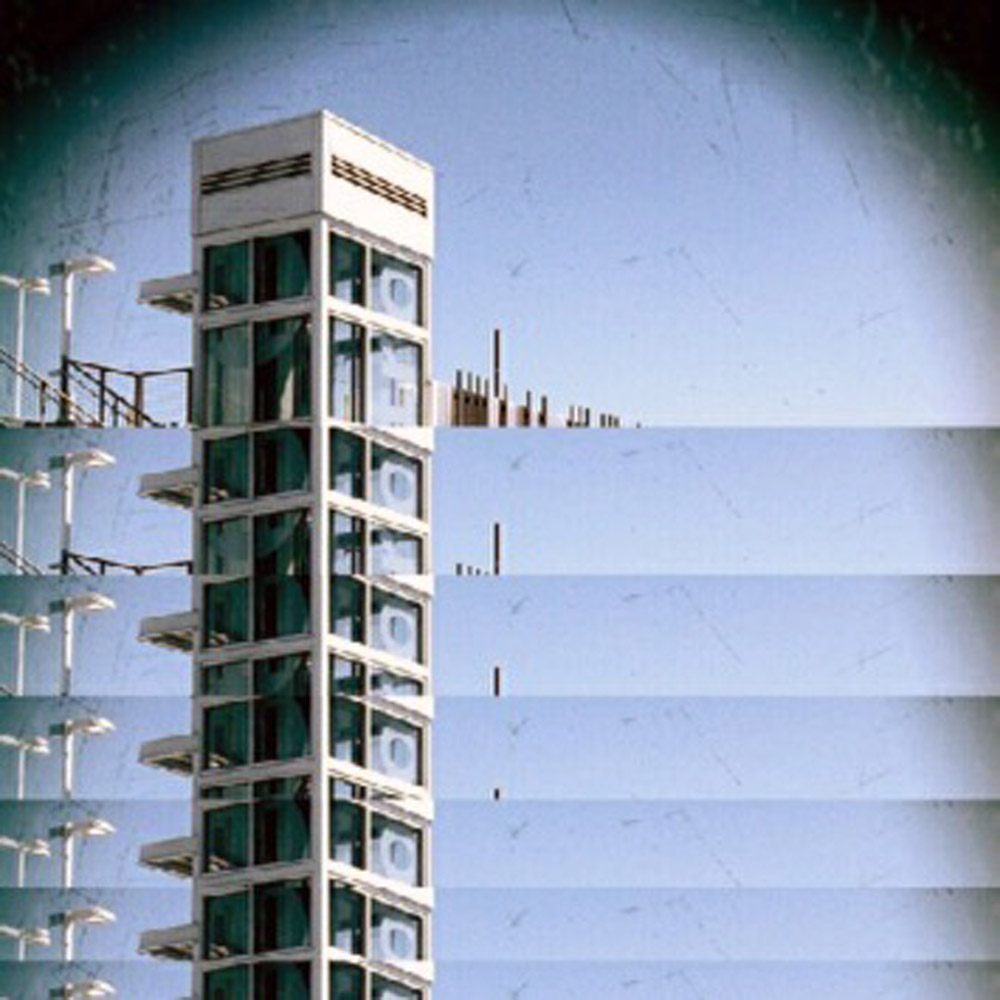

![Carpooler #5, from the series Carpoolers, 2011 Medium: photography archival pigment print on 100% cotton photo rag Size: 12.3" (w) x 20" (h) Edition: 10 + 3AP [php snippet=4]](http://lenscratch.com/wp-content/uploads/2022/04/WB09_Alejandro-Cartagena-Carpoolers-5.jpg)


